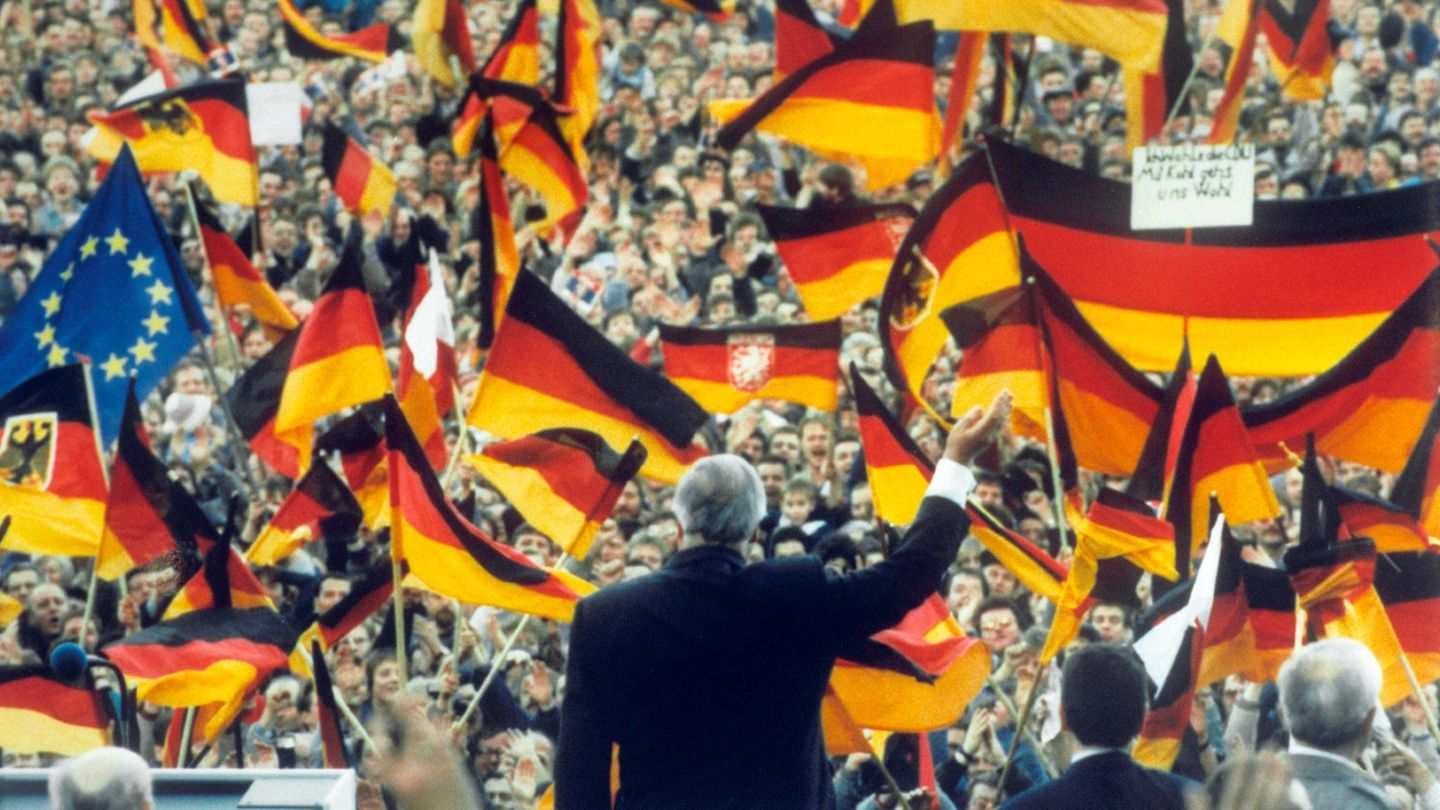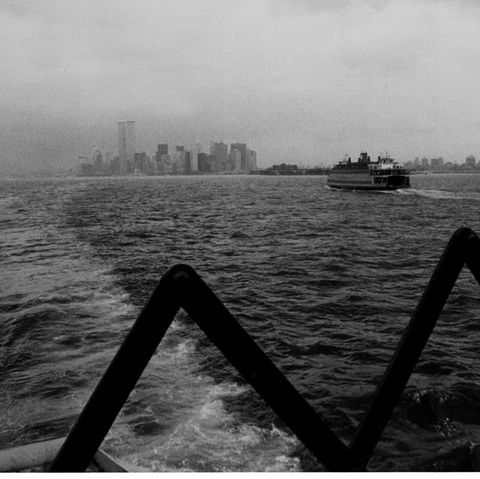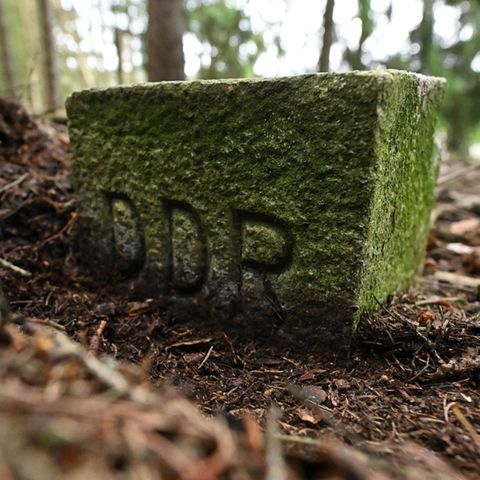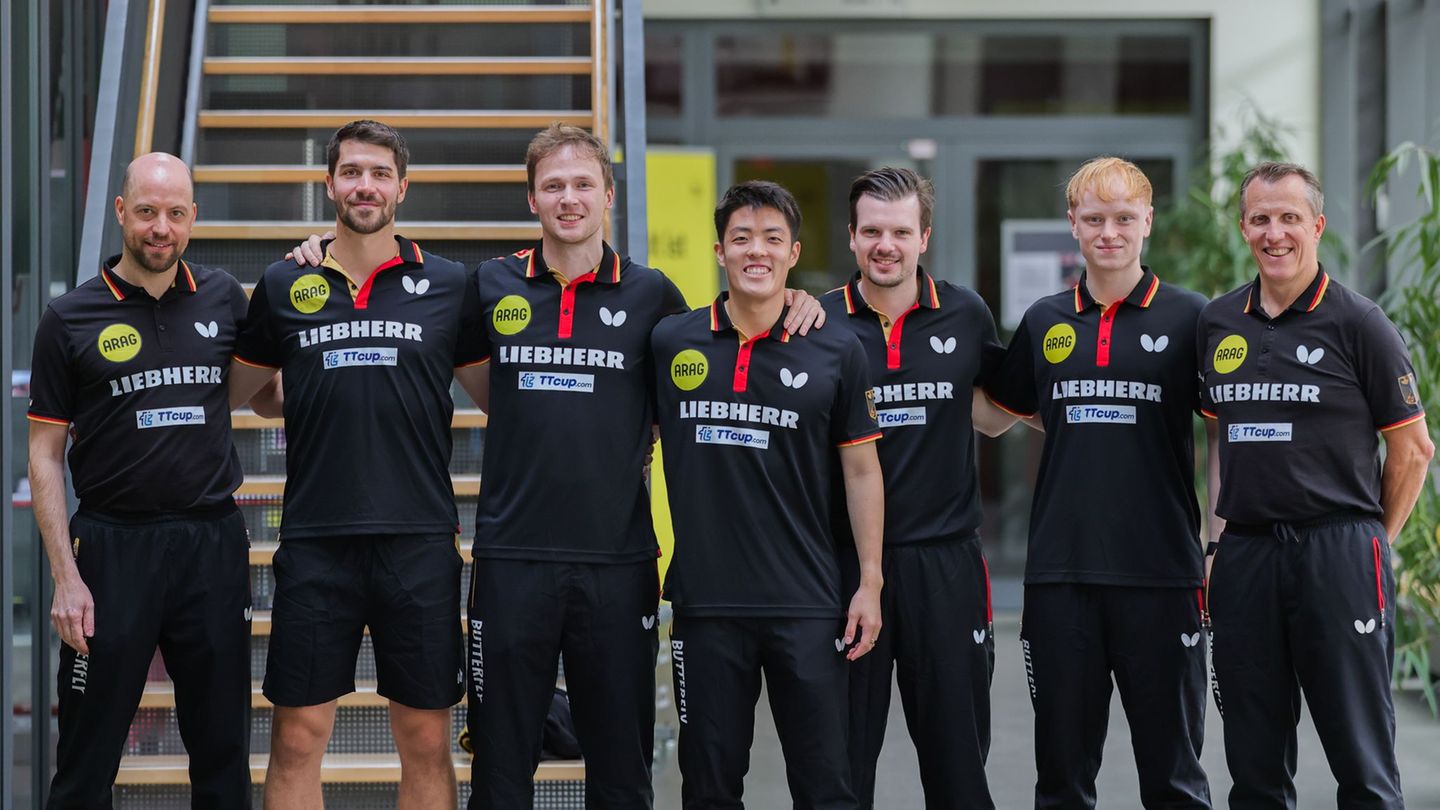Column: Very Near East
Why the East will decide the federal election
Copy the current link
The people of East Germany saved and overthrew Chancellor. They voted for the AfD and the BSW in governments. And they’re far from finished.
Now it’s here, the next year of unity. The 35th anniversary, which threatens us with all the traditional celebrations, is moving towards the 40th and final birthday of the “German Democratic Republic” (Erich Honecker). Jeez.
Back then, in December 1990, I was eligible to vote for the German Bundestag for the first time for both historical and age-related reasons. As a fully converted Thälmann pioneer, I voted for the scattered GDR opposition groups that had come together to form Alliance 90.
The poor civil rights activists had long since been consumed by their revolution. Now they served as a political appendix to ensure the parliamentary existence of a prosperous West German party.
All of the Middle East
star-Author Martin Debes reports primarily from the five eastern federal states. In his column, the native of Thuringia writes about what is going on in the entire Middle East – and within himself
It was, what else, about the Greens. In the territory of the former Federal Republic of Germany they failed to achieve the necessary five percent. But because there was a unique, exclusive five percent threshold for the states that had just joined, the Eastern Greens made it into the Bundestag thanks to their list connection with Alliance 90.
Immediately after the election, the Western Party merged with the mandated Ossis. So it at least had a few MPs to show for it, just like the SED, which now called itself PDS and had also gotten into the parliament of the former class enemy with the help of the Eastern quota.
However, the Union won the great victory. After it had weakened badly in 1989, it recovered with the euphoria for unity and the D-Mark export. This gave the hopeful East Helmut Kohl the chancellorship – only to vote him out again eight years later, all the more disappointed.
The Ossis’ notoriously unstable electorate
The losses for the CDU were particularly great in East Germany in 1998, while here the SPD received so many overhang mandates that it was stable enough for a red-green majority. The new hope for the East no longer came from Oggersheim, but from Hanover and was called Gerhard Schröder.
From this point onwards at the latest, West German scientists began to look with concern at the notoriously unstable voters of common East Germans. Their sad finding: the secularized GDR had largely eliminated the denominational milieu and allowed the former bourgeoisie to degenerate into a rudiment. Sociological milieus with solid voter ties could hardly be identified anymore.
The average New East German was reluctant to join a party; the dictatorship had completely driven that out of him. Instead, he viewed democracy predominantly as a capitalist service institution for wealth, freedom and travel. Because his old political views were at least outdated, he put together a few new ones from old ideological remnants of the GDR and new Federal Republic elements.
When in doubt, he chose, how do I put this most diplomatically out of consideration for my tribal community: a strong leader. First it was the baroque cabbage that promised blooming landscapes – and then, when they weren’t finished on time, the wide-legged Schröder. The fact that one belonged to the CDU and the other to the SPD was rather negligible.
Yes, I know, that sounds a lot like a generalization about identity politics. But this is also an identity politics column.
Of course, it was also the East that helped Schröder to a second chancellorship after he had crossed the flooding Elbe in rubber boots. His opponent Edmund Stoiber made the fatal mistake and allowed himself to be photographed at the Saxon sandbags too late.
As a result, thanks to the East German voters, the SPD once again became the strongest force. And because the former GDR residents also let the former state party PDS fail at the five percent hurdle, it was even enough for a red-green majority.
But then came Agenda 2010 with Hartz IV, which caused renewed protests, particularly in the East. And so the SPD suffered a particularly sharp decline in the 2005 elections, while the PDS was resurrected as a left-wing party. The result was a chancellor from Templin.
And so it went on. The fact that the FDP was thrown out of the Bundestag in 2013 and thus the end of the black-yellow federal government had primarily to do with its East German weakness. And the fact that, strangely enough, Olaf Scholz became chancellor had a decisive influence on the fact that the SPD was able to almost double its result in East Germany in the 2021 election, while the CDU with Armin Laschet ended up in third place behind the AfD.
In general, the AfD. It was largely elected by the East Germans and, together with the rest of the left, ensured that beyond them and the Groko there was only enough for three-party alliances. This is how things grew together that didn’t belong together and were called traffic lights.
And now? Now the AfD is getting stronger under Alice Weidel, while Sahra Wagenknecht and her BSW have replaced the left as a vehicle for discontent, at least for the time being. In the eastern state parliaments, the political center has shrunk so much that the SPD and CDU have to govern with the BSW, but still barely have a majority.
East Germany’s political center is shrinking
So what will happen on February 23rd? If the AfD and BSW in the east confirm or even expand on their state election results, this could push both parties together toward 30 percent. If the FDP and the Left were to be kicked out of the Bundestag, the Weidel and Wagenknecht factions would have more than a third of the seats – and thus a blocking minority.
Ironically, the veteran combo led by Gregor Gysi and Bodo Ramelow could prevent this scenario. If they really won the constituencies in East Berlin, Erfurt, Rostock or Leipzig, the party that was once the SED would continue to sit in the Bundestag via a direct mandate clause. It would then be an involuntary ally against extremists and populists in the 35th year of reunification – as is currently the case in Saxony and Thuringia. At the same time, however, it would ensure that things become even narrower for majorities in the middle.
Oh, it’s going to be a nice year. Most certainly.
You can find all of Martin Debes’ previously published columns .
Source: Stern
I have been working in the news industry for over 6 years, first as a reporter and now as an editor. I have covered politics extensively, and my work has appeared in major newspapers and online news outlets around the world. In addition to my writing, I also contribute regularly to 24 Hours World.






